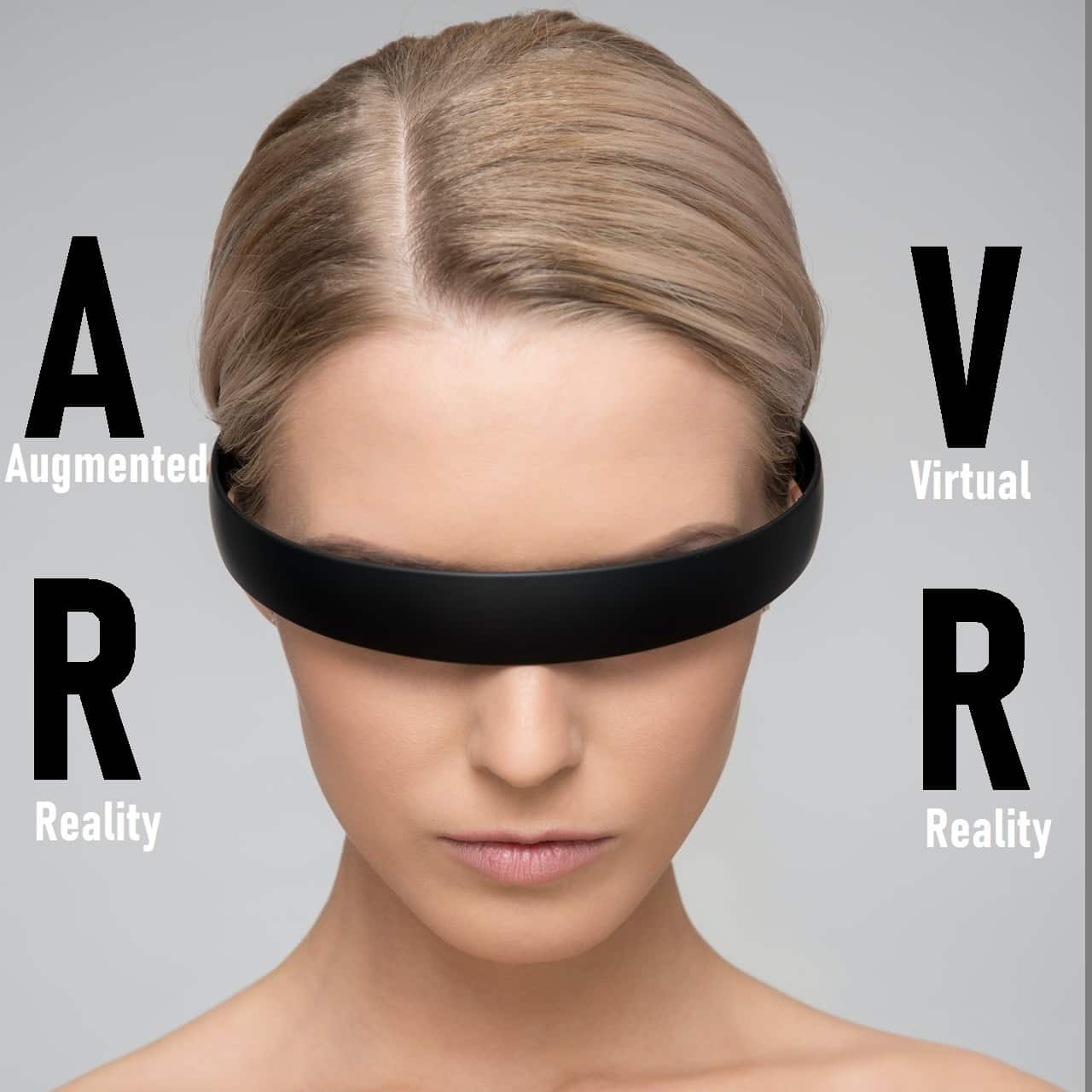A Glimpse into the Future: VR and AR in the Classroom
Virtual Reality (VR) and Augmented Reality (AR) have the potential to significantly transform education. These technologies can offer immersive, interactive experiences that boost student engagement, facilitate practical learning, and make complex concepts more accessible.
VR: Beyond the Four Walls of a Classroom
With VR, students are no longer confined to learning from textbooks or two-dimensional illustrations. They can step into a virtual world where they can explore the Pyramids of Egypt, witness the Big Bang, or observe the inner workings of a human cell. By offering experiential learning, VR not only makes education more engaging but also improves understanding and retention of complex subjects.
AR: Enhancing Learning with Interactive Overlays
AR provides a different approach. It superimposes digital information onto the real world, providing an enhanced version of reality. For instance, students studying anatomy can use an AR application that overlays the human body’s systems onto a physical mannequin, allowing them to explore and understand human physiology in an interactive way.
The Future of VR and AR in Education
As these technologies continue to evolve, their applications in education are bound to expand. We can expect to see more immersive VR lessons, smarter AR educational tools, and better integration with other digital technologies. There’s also the potential for more personalized and adaptive learning experiences, where VR and AR respond to individual students’ needs and progress.
Conclusion
Through the power of VR and AR, the classroom of tomorrow will be a highly interactive, immersive and engaging learning environment. These technologies are poised to revolutionize education, turning passive learning into an active, hands-on experience that sparks curiosity, fosters understanding, and nurtures a lifelong love of learning.













